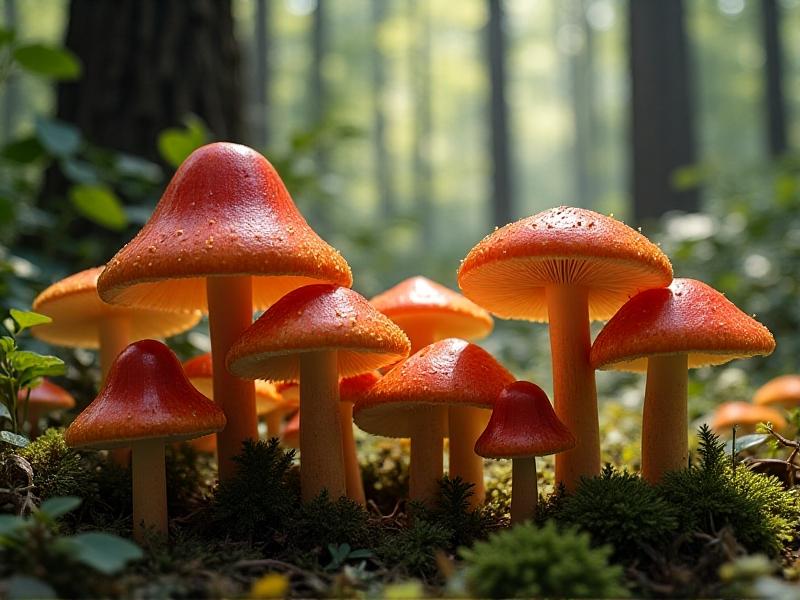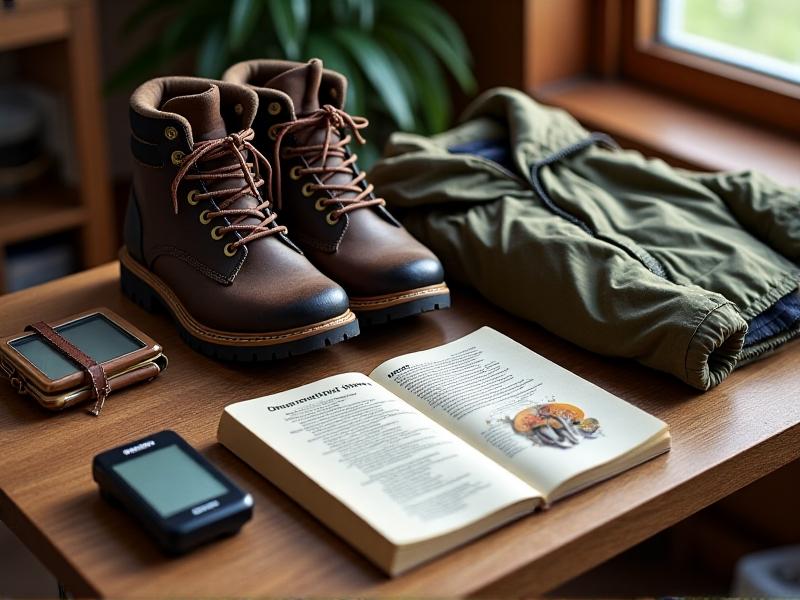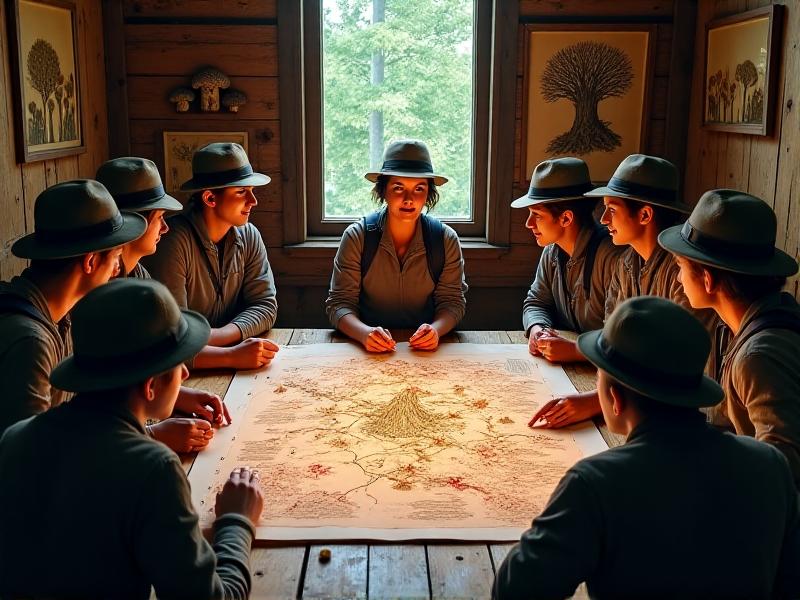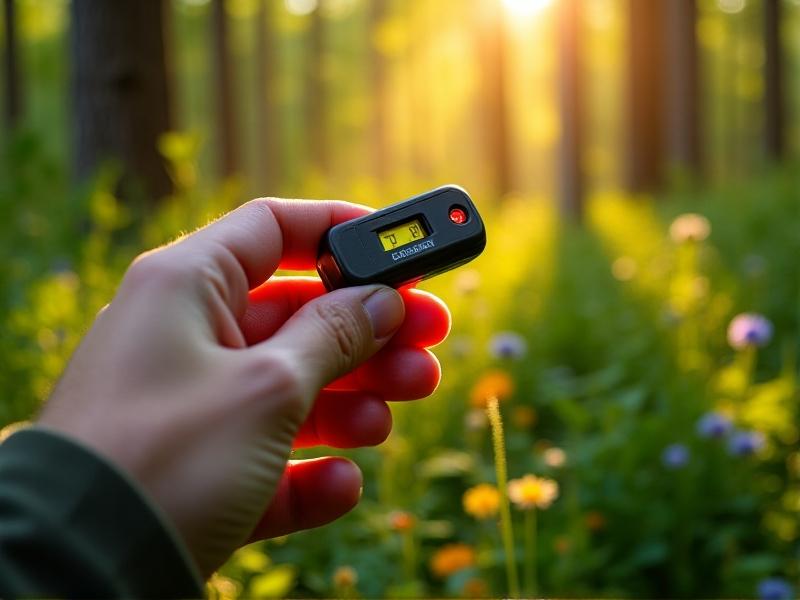Implementing Safety Protocols in Mycological Expedition Planning
Understanding the Risks of Mycological Expeditions
Mycological expeditions, while fascinating, come with inherent risks that must be carefully managed. From unpredictable weather conditions to the potential for encountering toxic fungi, the dangers are varied and significant. Understanding these risks is the first step in planning a safe expedition. For instance, misidentifying a mushroom can lead to severe poisoning, while venturing into remote areas without proper navigation tools can result in getting lost. Additionally, environmental hazards such as uneven terrain, wildlife encounters, and sudden weather changes can pose serious threats. By comprehensively assessing these risks, expedition planners can develop protocols that mitigate potential dangers and ensure the safety of all participants.

Essential Safety Gear for Mycological Expeditions
Equipping participants with the right safety gear is crucial for a successful mycological expedition. Essential items include sturdy hiking boots to navigate rough terrain, waterproof clothing to protect against sudden rain, and a first-aid kit for emergencies. Additionally, carrying a GPS device or a detailed map and compass can prevent participants from getting lost. For mushroom identification, a field guide specific to the region and a magnifying glass are indispensable tools. It’s also advisable to bring along a whistle and a fully charged mobile phone or satellite communicator for emergency signaling. By ensuring that all participants are well-equipped, expedition leaders can significantly reduce the risk of accidents and enhance the overall safety of the trip.

Developing a Comprehensive Risk Management Plan
A well-thought-out risk management plan is the backbone of any safe mycological expedition. This plan should include a detailed itinerary, emergency contact information, and a clear protocol for handling accidents or illnesses. It’s essential to conduct a thorough risk assessment before the trip, identifying potential hazards and outlining strategies to mitigate them. For example, if the expedition involves traversing steep or slippery terrain, the plan should specify the use of trekking poles and the need for participants to stay within designated paths. Additionally, the plan should include guidelines for dealing with wildlife encounters and weather-related emergencies. Regular briefings and safety drills can help ensure that all participants are familiar with the plan and know how to respond in case of an emergency.

Training and Education for Expedition Participants
Proper training and education are vital for ensuring the safety of mycological expedition participants. Before embarking on the trip, all participants should receive training on mushroom identification, first aid, and navigation. This training can help prevent accidental ingestion of toxic mushrooms and ensure that participants know how to respond in case of an emergency. Additionally, educating participants about the local flora and fauna can enhance their awareness of potential hazards. It’s also important to emphasize the importance of staying together as a group and following the expedition leader’s instructions. By equipping participants with the necessary knowledge and skills, expedition leaders can create a safer and more enjoyable experience for everyone involved.
Implementing Communication Protocols
Effective communication is a cornerstone of safety during mycological expeditions. Establishing clear communication protocols ensures that participants can stay in contact with each other and with the expedition leader at all times. This can be achieved through the use of two-way radios, mobile phones, or satellite communicators. It’s important to designate specific times for check-ins and to establish a protocol for emergency communication. Additionally, participants should be instructed on how to use signaling devices such as whistles or flares in case they become separated from the group. By maintaining open lines of communication, expedition leaders can quickly respond to any issues that arise and ensure the safety of all participants.
Post-Expedition Safety and Debriefing
The safety protocols of a mycological expedition don’t end when the trip is over. Conducting a thorough debriefing session allows participants to share their experiences, discuss any incidents that occurred, and provide feedback on the safety measures in place. This information can be invaluable for improving future expeditions. Additionally, it’s important to ensure that all participants are in good health after the trip and to follow up on any injuries or illnesses that may have occurred. Properly cleaning and storing equipment, as well as documenting the findings of the expedition, are also essential steps in the post-expedition process. By taking these measures, expedition leaders can ensure that the trip concludes safely and that valuable lessons are learned for future outings.







